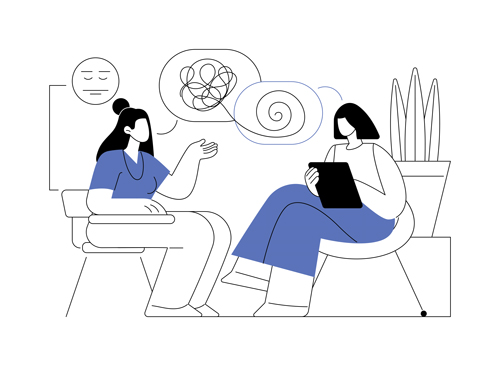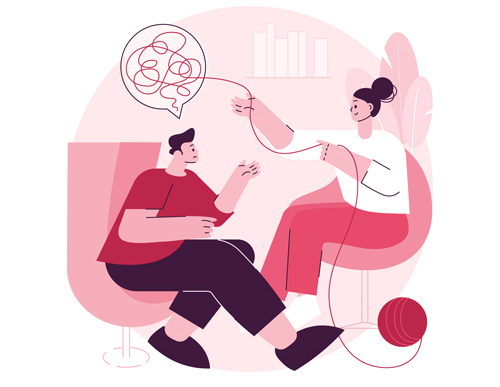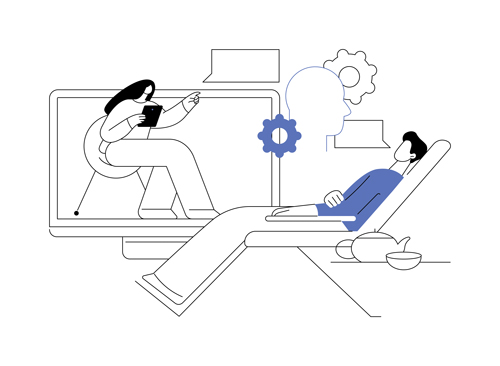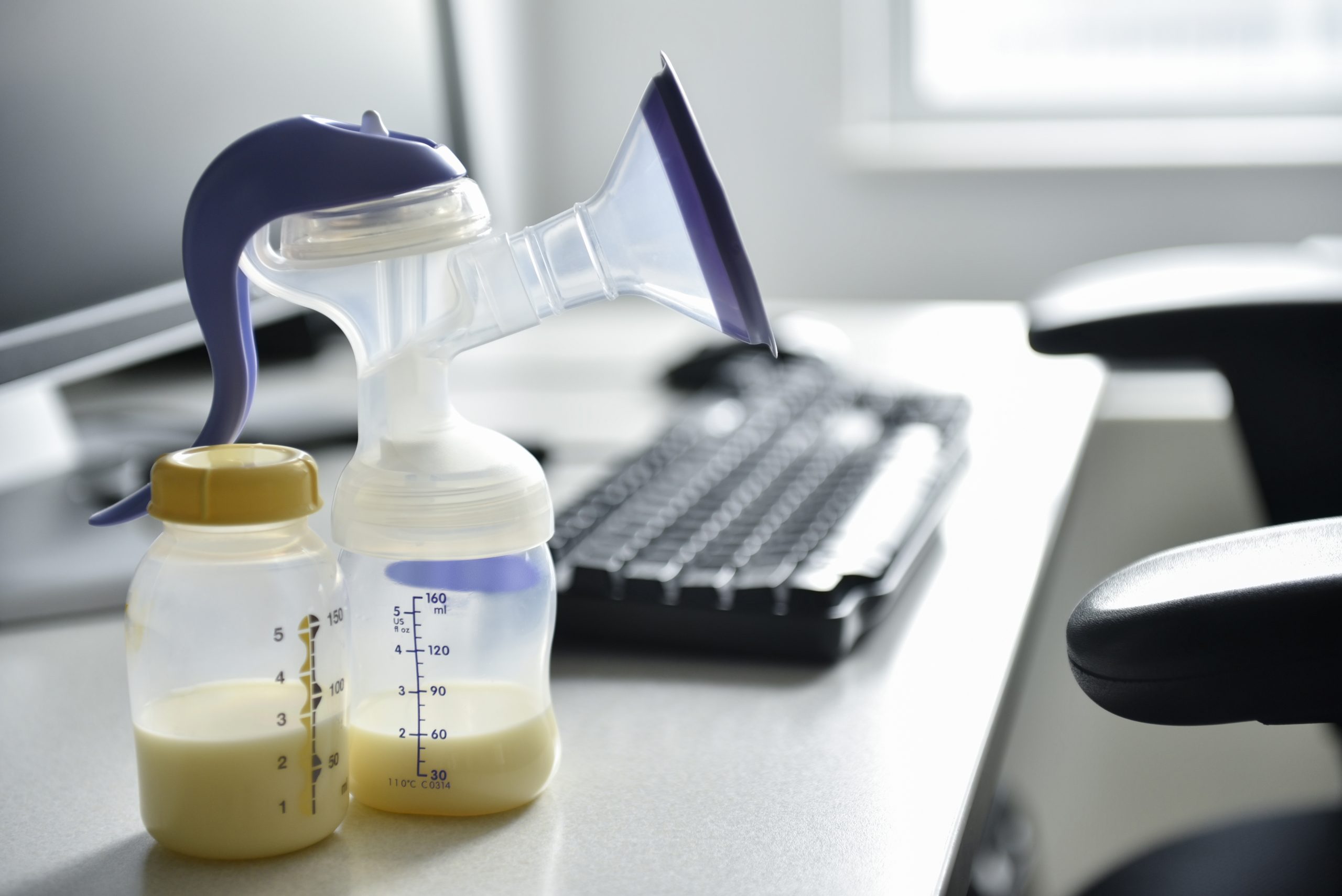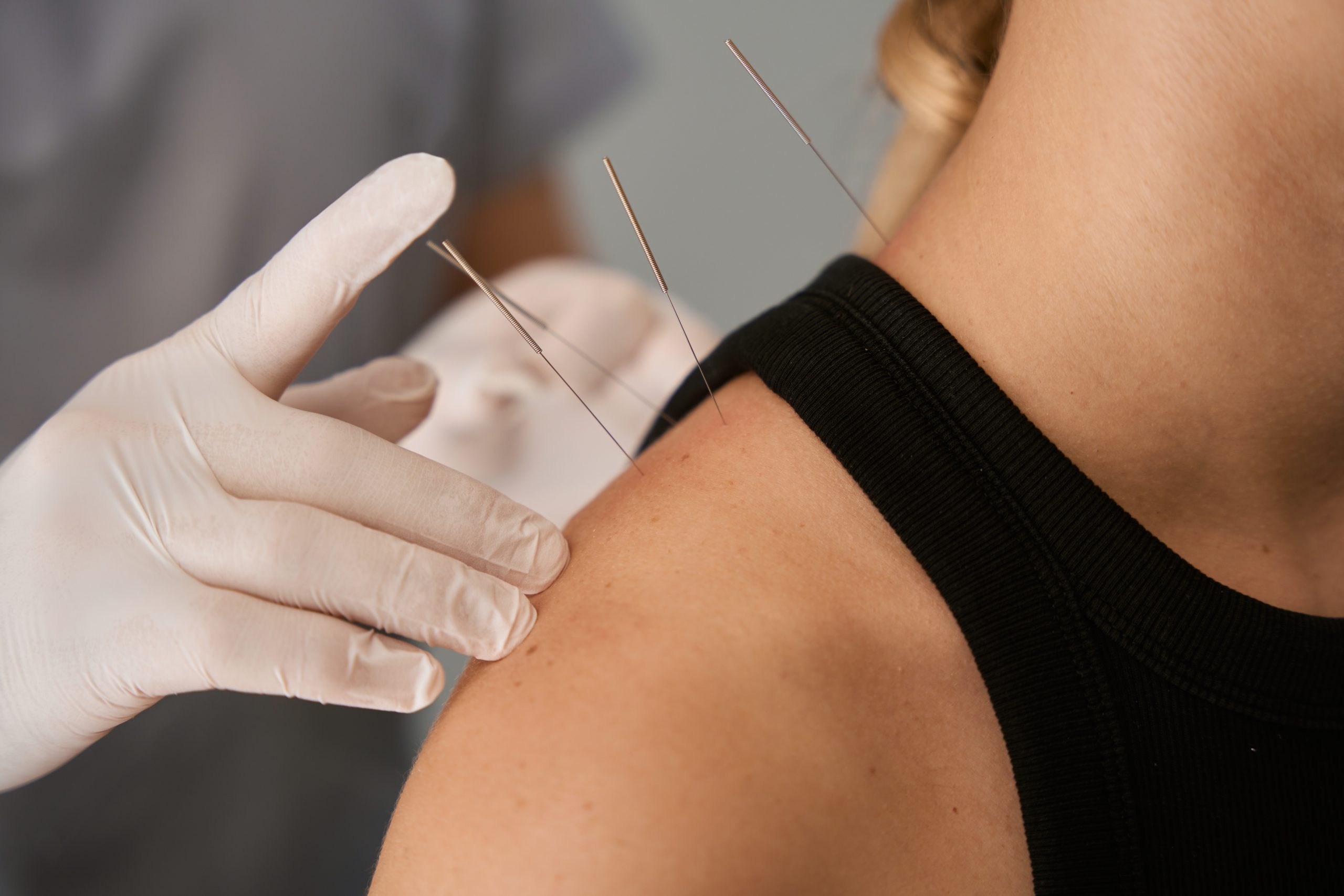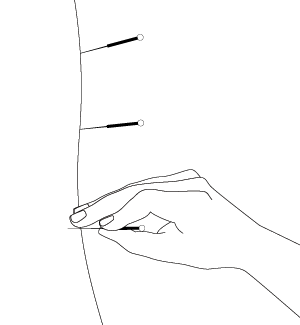Carbohydrates often get a bad reputation.
Maybe it’s because carbohydrates are processed as sugar (the body turns carbs into glucose during digestion), and people immediately associate it with weight gain or unhealthy spikes in blood sugar and issues with insulin. But that isn’t always the case. Fiber, starch, and sugars all fall under the umbrella term of carbs. And when your body turns the carbs into glucose, it gives your body and organs the energy it needs to perform basic functions.
Not All Carbohydrates Are Created Equal
Carbs can be complex or simple and can be digested at different speeds. The longer it takes, the less your blood sugar spikes. Complex carbs include fruits, vegetables, and whole-grain foods. These are less likely to cause a large blood sugar spike.
Simple carbs digest quicker and are more likely to contribute to weight gain or the risk of diabetes. Some examples of simple carbs are lactose, sucrose, fructose, and glucose. They can be found in items like candy or highly processed food items where the fiber has been stripped away.
Fiber
Fiber is found in plant-based foods and helps your body regulate blood sugar and healthy cholesterol levels. It also keeps you feeling fuller throughout the day. Good sources of fiber are:
- Beans
- Legumes
- Fruits and vegetables
- Nuts and seeds
- Brown rice
- Oatmeal
- Whole-wheat bread or pasta

Starches
Starchy foods — beans, legumes, fruits, vegetables, etc. — provide your body with micronutrients and stabilize blood sugar levels, similar to fiber.
Carbs Have a Place in Your Diet
Restricting your carb intake can be hard to sustain long term, and it can be detrimental if you deprive your body of all the vitamins, minerals, and fiber that come with (specifically) complex carbohydrates.
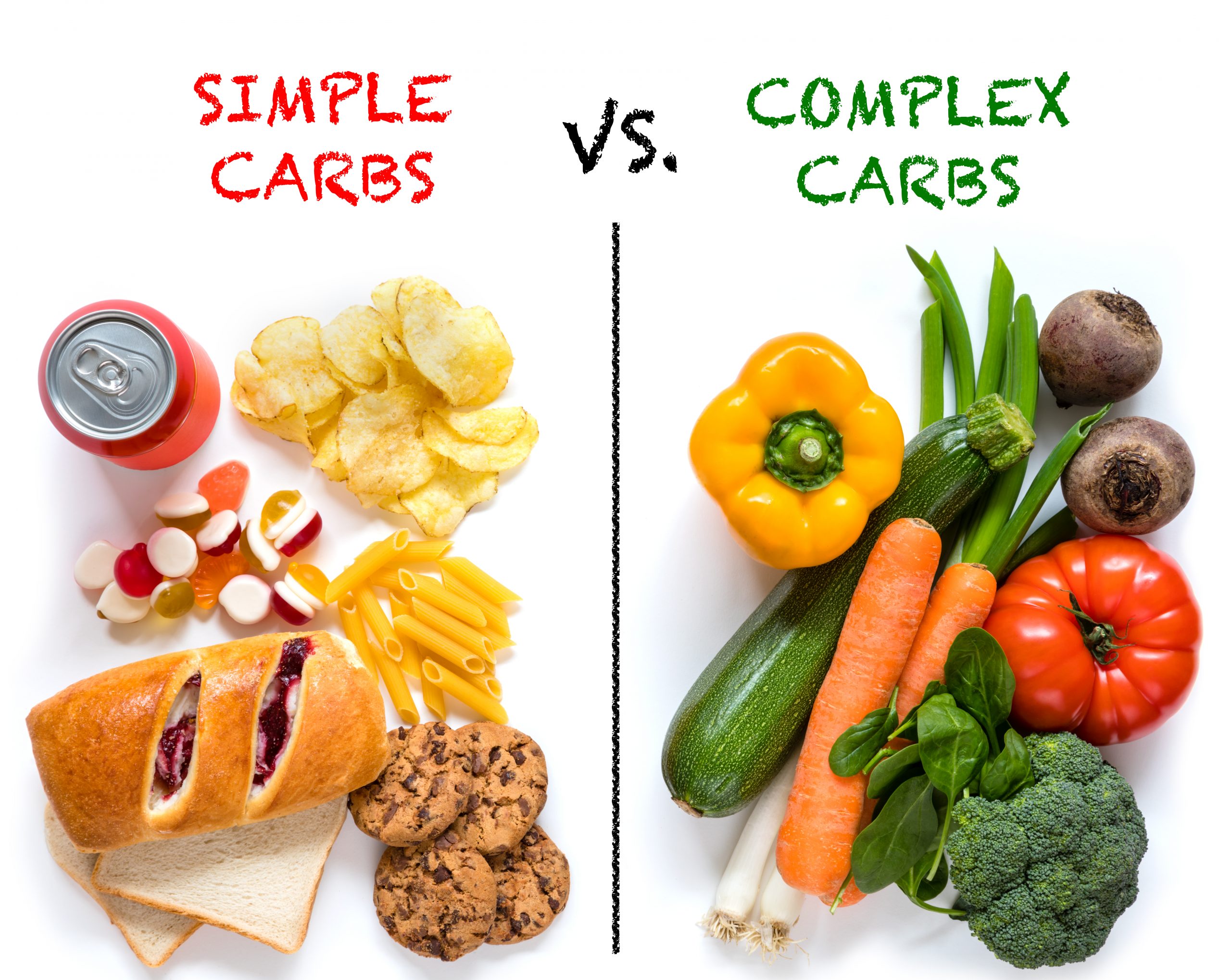
Most importantly, carbohydrates are the body’s main energy source that fuels your body’s ability to breathe and move and your brain’s ability to think. The whole grains and dietary fiber found in complex carbs are known to lower the threat of heart disease and stroke, protect against obesity and colon and rectal cancers, and reduce your risk for type 2 diabetes.
When in doubt, follow the Mayo Clinic’s advice to “choose your carbohydrates wisely. Limit foods with added sugars and refined grains, such as sugary drinks, desserts, and candy. These are high in calories but low in nutrition. Instead, select fruits, vegetables, and whole grains.”
Sources:
- https://www.livestrong.com/article/423135-importance-of-carbohydrates/
- https://www.mayoclinic.org/healthy-lifestyle/nutrition-and-healthy-eating/in-depth/carbohydrates/art-20045705
- https://www.hsph.harvard.edu/nutritionsource/carbohydrates/
- https://www.heart.org/en/healthy-living/healthy-eating/eat-smart/nutrition-basics/carbohydrates
- https://my.clevelandclinic.org/health/articles/15416-carbohydrates



